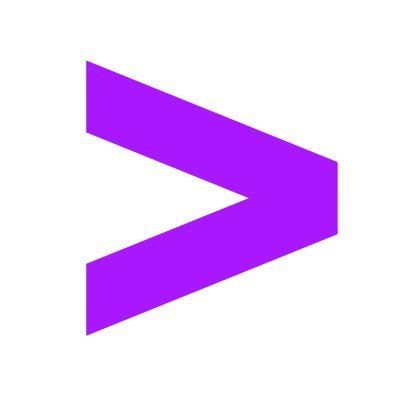
Accenture Software Engineer Case Interview – Cloud-Native System Design and Client Delivery
This case simulates an Accenture client engagement where you design and plan delivery of a cloud‑native software solution while demonstrating consulting skills. The scenario is a global retailer modernizing its legacy order management platform to meet peak demand, reduce cost, and enable rapid feature delivery across regions. What you’ll be asked to do (conversation-driven, whiteboard friendly): 1) Clarify the brief: Elicit business goals (conversion uplift, time-to-market), core users/flows, and non‑functional requirements (99.9%+ availability, sub‑200 ms P95 for critical APIs, PCI-DSS scope, data residency for EU/US, observability, cost targets). 2) Propose an end-to-end architecture: Microservices behind an API gateway; event-driven components (e.g., Kafka or cloud-native equivalents) for order, payment, and inventory events; polyglot persistence (PostgreSQL/managed relational for transactions, Redis cache, object storage for receipts/assets, optional search); IdP/OAuth2/OIDC; secrets management; encryption in transit/at rest; WAF, rate limiting, and zero-trust access for internal services; multi‑AZ resilience and DR targets (example: RPO ≤ 15 min, RTO ≤ 1 hr). 3) Delivery and DevOps plan: CI/CD (branch strategy, PR checks, automated testing), IaC (e.g., Terraform/Bicep), blue/green or canary releases with feature flags, rollbacks, SLOs/SLIs with alerting, logging/metrics/tracing, capacity planning and autoscaling, performance and chaos testing. 4) Data and analytics: Real-time CDC or event streams to a data lake/warehouse for BI; GDPR/CCPA handling (consent, retention, erasure); basic ML/AI hooks (e.g., recommendations) and opportunities for intelligent automation (RPA for legacy ERP touches, virtual agent for order status). 5) Integration and security: Payment processors, CRM, ERP, and fraud systems; API versioning, backward compatibility, contract testing; threat modeling and secure SDLC gates. 6) Effort, estimates, and roadmap: Rough order-of-magnitude sizing (teams, sprints), MVP vs. phased rollout by region, dependency/risk register with mitigations (e.g., data migration strategy, cutover plan), and stakeholder communication cadence typical of Accenture client delivery (standups, sprint reviews with business, release governance). 7) Consulting behaviors: Structure your thinking, tie tech choices to measurable business value (cost-to-serve, reliability, speed), and communicate trade‑offs for build vs. buy, cloud provider services, and reuse of accelerators. Format (typical): 60 minutes total – 5 min introductions; 10 min case brief and clarifying questions; 25 min solutioning/whiteboarding; 10 min delivery/estimation and risks; 10 min behavioral follow‑ups using STAR for client situations. The interviewer will probe for practicality, stakeholder handling, and how you’d adapt when requirements change mid‑engagement. What good looks like at Accenture: A structured, hypothesis‑led approach; crisp diagrams; quantified decisions (capacity/cost/latency); thoughtful security/compliance; clear MVP and rollout; and collaborative, client‑facing communication aligned to delivery excellence and 360° value.
8 minutes
Practice with our AI-powered interview system to improve your skills.
About This Interview
Interview Type
PRODUCT SENSE
Difficulty Level
3/5
Interview Tips
• Research the company thoroughly
• Practice common questions
• Prepare your STAR method responses
• Dress appropriately for the role